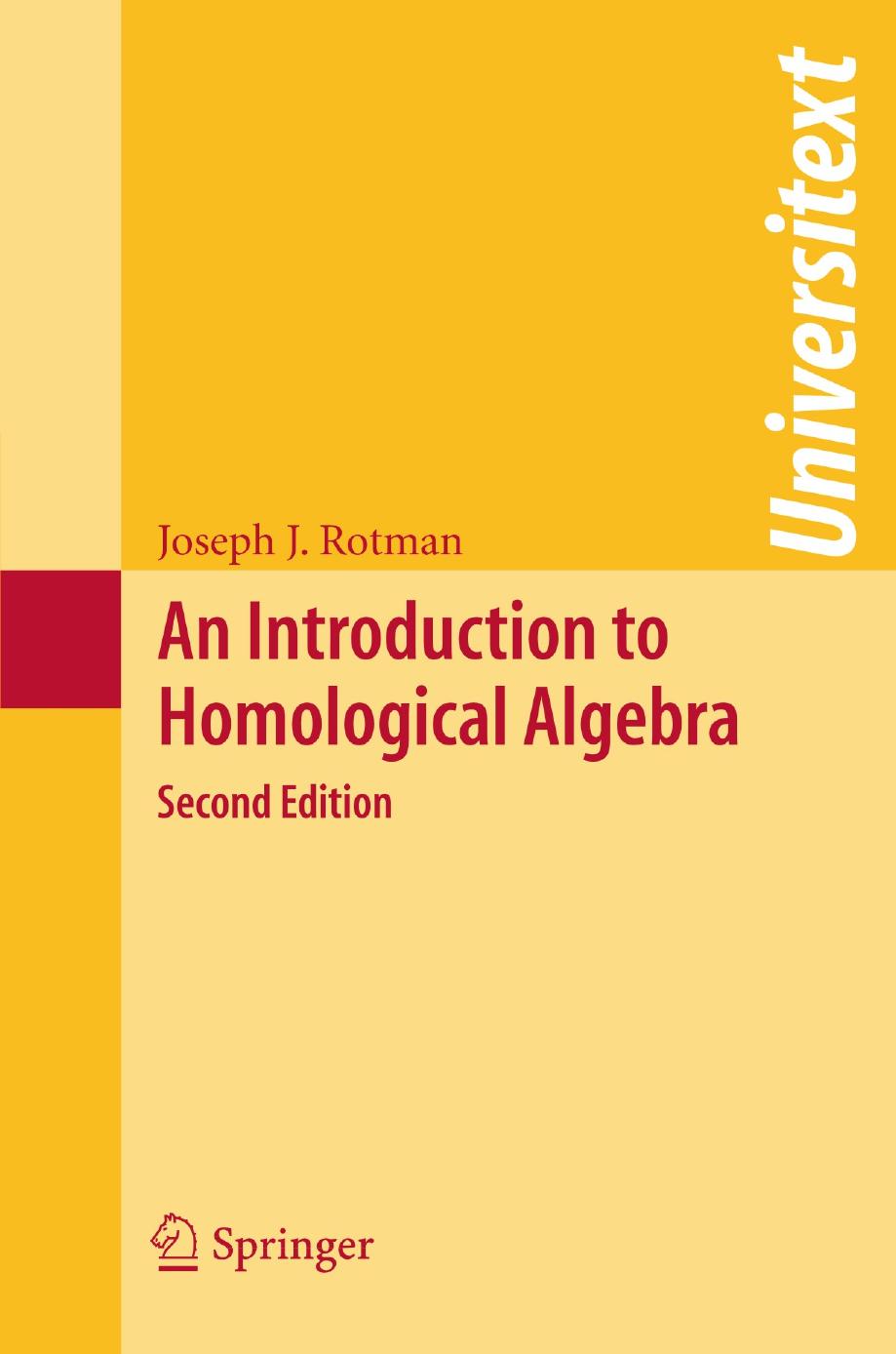

Most ebook files are in PDF format, so you can easily read them using various software such as Foxit Reader or directly on the Google Chrome browser.
Some ebook files are released by publishers in other formats such as .awz, .mobi, .epub, .fb2, etc. You may need to install specific software to read these formats on mobile/PC, such as Calibre.
Please read the tutorial at this link: https://ebookbell.com/faq
We offer FREE conversion to the popular formats you request; however, this may take some time. Therefore, right after payment, please email us, and we will try to provide the service as quickly as possible.
For some exceptional file formats or broken links (if any), please refrain from opening any disputes. Instead, email us first, and we will try to assist within a maximum of 6 hours.
EbookBell Team

5.0
98 reviews[from Preface] Homological Algebra has grown in the nearly three decades since the first edition of this book appeared in 1979. Two books discussing more recent results are Weibel, An Introduction to Homological Algebra, 1994, and Gelfand–Manin, Methods of Homological Algebra, 2003. In their Foreword, Gelfand and Manin divide the history of Homological Algebra into three periods: the first period ended in the early 1960s, culminating in applications of Homological Algebra to regular local rings.
The second period, greatly influenced by the work of A. Grothendieck and J.-P. Serre, continued through the 1980s; it involves abelian categories and sheaf cohomology.
The third period, involving derived categories and triangulated categories, is still ongoing. Both of these newer books discuss all three periods (see also Kashiwara–Schapira, Categories and Sheaves).
The original version of this book discussed the first period only; this new edition remains at the same introductory level, but it now introduces the second period as well. This change makes sense pedagogically, for there has been a change in the mathematics population since 1979; today, virtually all mathematics graduate students have learned something about functors and categories, and so I can now take the categorical viewpoint more seriously.
When I was a graduate student, Homological Algebra was an unpopular subject. The general attitude was that it was a grotesque formalism, boring to learn, and not very useful once one had learned it. Perhaps an algebraic topologist was forced to know this stuff, but surely no one else should waste time on it. The few true believers were viewed as workers at the fringe of mathematics who kept tinkering with their elaborate machine, smoothing out rough patches here and there.